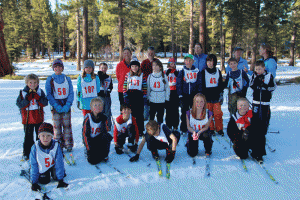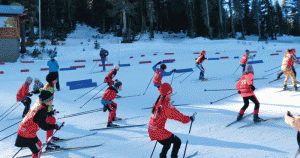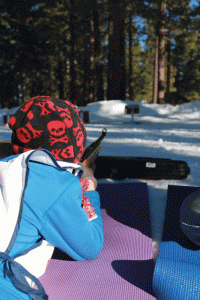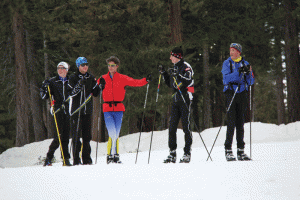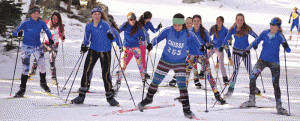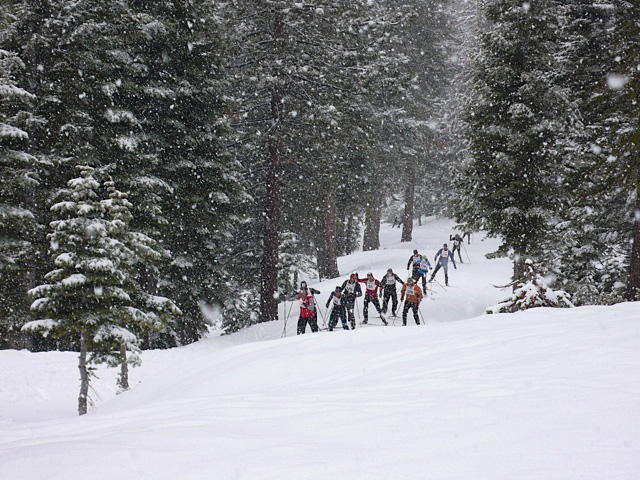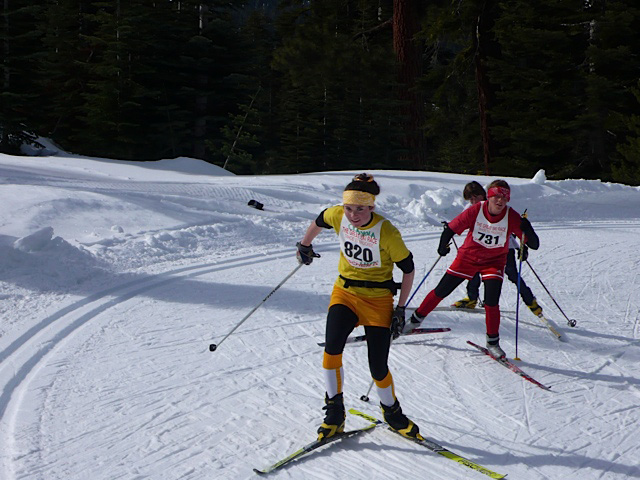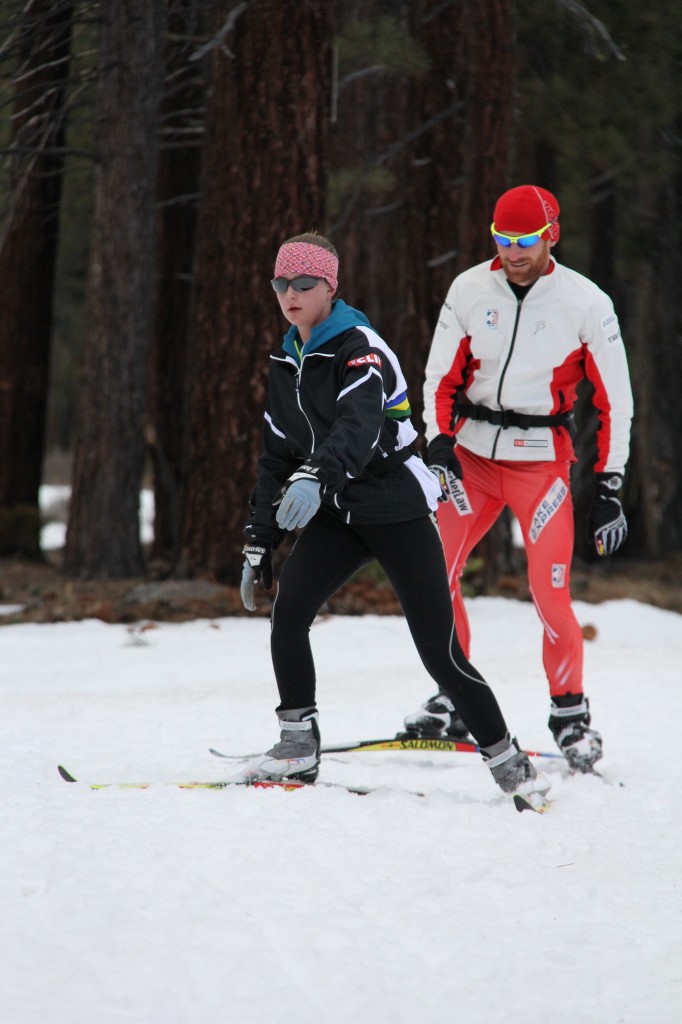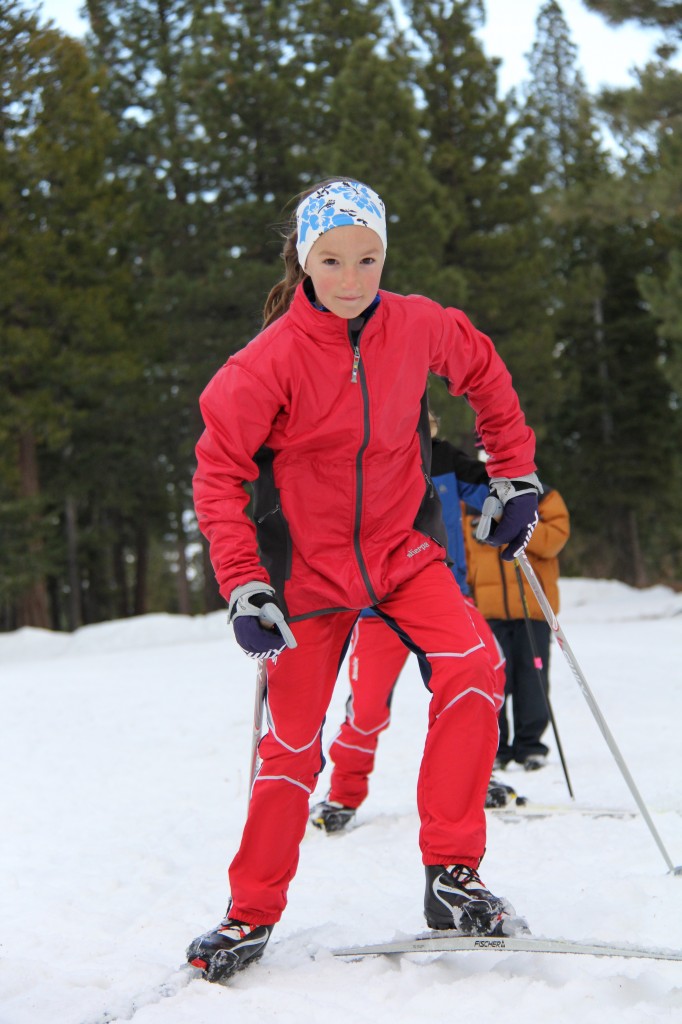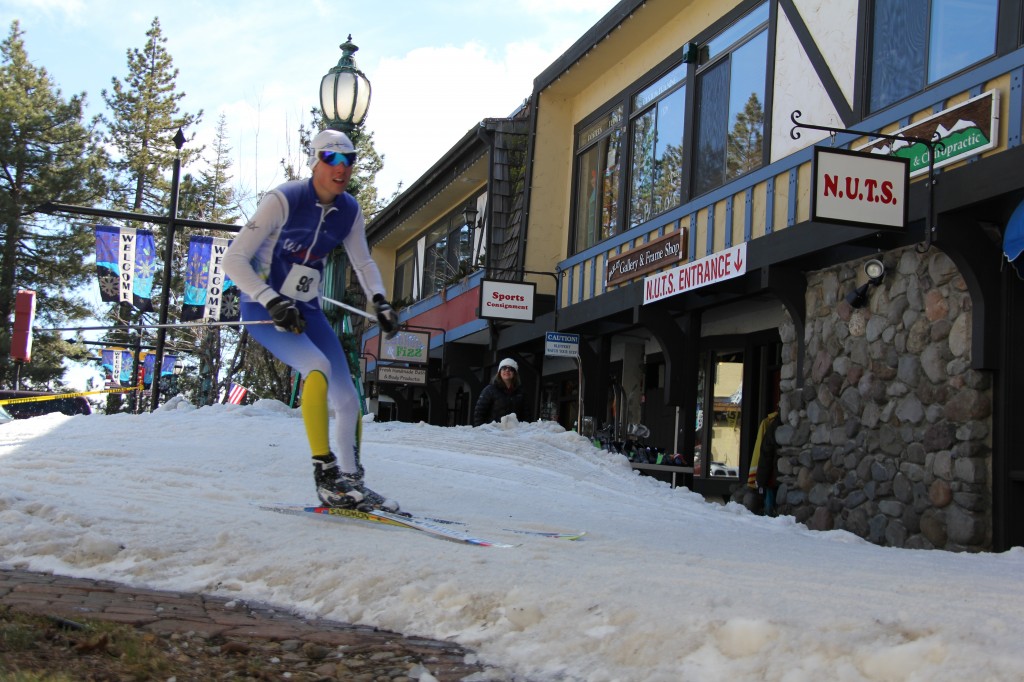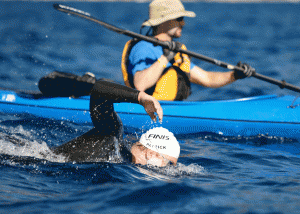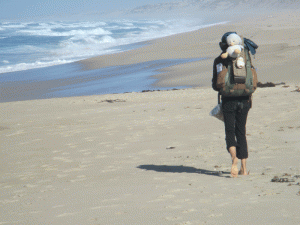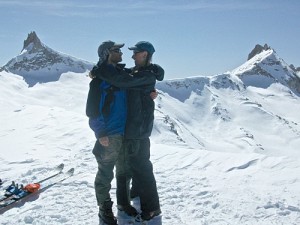- Tahoe’s Nevada Beach Tops the List of Hard-to-Book Campgrounds - 07/17/2024
- Cannabis Watershed Protection Program Cleans Up Illegal Grow Sites - 07/10/2024
- French Fire - 07/05/2024
By Tim Hauserman
Lake Tahoe is a skier’s haven. Site for the 1960 Winter Olympics in Squaw Valley, it is where you will also find Alpine Meadows, Heavenly Valley, Northstar, Kirkwood, Sugar Bowl, Sierra at Tahoe, Homewood and Mt. Rose. Most years, the Tahoe region is blessed with copious amounts of snow, and over the decades the area has also produced quite a few Olympians. It began with Tahoe City’s own Jimmie Heuga, who when he won a bronze in the 1964 Olympics became a local hero. Tahoe-Truckee High graduate Greg Jones also took a bronze in the combined in the 1976 Olympics, and then we had the more recent successes of locals such as three time Olympic medalist Julia Mancuso from Squaw Valley, two-time medal winner Shannon Bahrke from Tahoe City, and snowboarding Gold Medalist Hannah Teter who lives in South Lake Tahoe.
With all this alpine success, it is easy for some to forget that Tahoe also provides the largest concentration of cross- country ski trails in the United States. Royal Gorge, Tahoe Donner, Tahoe Cross-Country, Northstar, and Kirkwood are all world class cross-country ski venues. The Auburn Ski Club on Donner Summit provides a top notch training and racing facility, and The Far West Nordic Association is highly skilled at training and supporting Nordic skiers. So why then has Tahoe been unable to produce a regional medalist in cross-country skiing?
Well, the bad news for those of us who live in Tahoe and love cross-country skiing is that we are a victim of our own largesse. It’s hard to keep Nordic skiers working their butts off doing lung burning intervals for years when the lure of success in the downhill world is just down the road. And let’s face it, the publicity machine for downhill or snowboarding success is much more hyped then for cross- country skiing. Lindsey Vonn can go on a date with Tiger Woods, or Shaun White can flip his red doo a few times and attract a lot more attention then when American cross- country skiing phenoms Kikkan Randall and Jessie Diggins miraculously win World Cup competitions against what we used to consider the unbeatable Europeans. Personally I’d much rather see Jessie’s fresh face come roaring up a hill, then Lindsey roaring down it, but the media and their sponsors provide much more support to the downhillers and the snowboarders.
Which perhaps explains why the most successful cross- country skiers in America come from places where there is snow but not big mountains (Minnesota and Wisconsin) or where there is a culture and the resources devoted to cross-country skiing (Alaska). There’s also the reality that to create a cross-country ski racer who is competitive on the world stage, you need to have a large number of potential candidates so that the luck of the draw and genetics creates the necessary super human that can do the job. It’s a given that it requires years of grueling training and perseverance to create a Nordic champion. But you also need a person with the monstrous lung capacity and muscle strength to be able to compete in one of the worlds most aerobically challenging sports. It’s similar to elite class bike riding. Lots of people can ride a bike and become a century rider, only a few have the lung capacity to ride 100 miles and then sprint at full speed the last ten.
The good news is that despite all these challenges, we are getting closer, and perhaps it will happen in the next few Olympics. Truckee-raised Matt Gelso and Russell Kennedy have been knocking at the door of membership on their prospective Olympic teams (Gelso for the United States, and Kennedy for Canada, the home of his father), and a host of other top Tahoe trained athletes are slowly making inroads into the national rankings. The key is to start out early, and develop a culture of excitement with cross-country skiing that is not only evident in the skiers, but in the entire community. There are lots of Tahoe area parents, coaches and volunteers that are striving to make that happen.
In Tahoe, the process begins with the after school cross- country ski programs in Truckee and Tahoe City. Children enroll in Strider Gliders at Tahoe Cross-Country starting in pre-school and continue until they reach 5th grade. The program has grown to over 250 kids with very simple goals. Tahoe Cross Country Ski Education Association Director Valli Murnane says, “We are not about turning kids into racers, just kids who love to cross-country ski. We hope they find a passion for one of the few sports that you can do for your entire life.”
Next up is the Middle School programs at North Tahoe Middle School in Tahoe City and Alder Creek Middle School in Truckee. North Tahoe Middle School coach Craig Smith says, “Our focus is still on keeping it fun, so that the kids can decide whether it is a sport that they want to commit to.” At this point, some of those skiers do make a commitment by joining one of the Devo programs in Truckee or Tahoe City, where they learn year round ski specific training such as roller skiing and walking with poles as well as aerobic exercise such as bike riding and running.
By the time Sierra kids reach high school they have to make a decision as to which winter direction they want to go. Those who chose cross-country skiing usually find a new level of dedication to the sport. This is when the Devo Teams, and participating in racing become more important, and those who are putting in the time and training hard, are winning the races.
The scary part is when our fledglings leave the Tahoe nest and go off to college, or to train with programs in other areas. As a Strider-Gliders instructor, I remember Patrick McElravey, a third grader with perfect skating technique who could beat the fifth graders. Now he isskiing for Middlebury College in Vermont (one of the few schools in the United States with a strong cross-country ski program) and recently did very well in the nationals at Soldier Hollow. Truckee’s Matt Gelso went on to great success with the University of Colorado, winning a NCAA National Championship. Now Gelso trains with the Sun Valley Ski Education Foundation’s Gold Team, trying to reach the US Ski Team. Russell Kennedy is training with Canada’s most prestigious ski club, trying to make the Canadian team while earning credit towards college tuition.
The challenge for all of the top skiers is how do they maintain the full time drive and focus needed to reach the top level of the sport, while also finding the money needed to feed themselves. Fortunately, the few who reach the elite US Ski Team level, do receive financial support, but it’s in developing the skills to get to that level where many drop out and have to get on with life. Alder Creek Middle School coach Mark Nadell says, “Now we are slowly developing the Far West Elite Team. We have five athletes currently on the team. The goal is to attract higher level athletes, and retain the ones we have. We need the sponsorships and money here to make that happen.”
For me it would be wonderful to one day be watching the Olympics and see a Tahoe City address under the name of a cross-country skier as the national anthem is played. But if you ask every coach or volunteer involved in cross-country skiing, the real reason they do it is to get people excited about an incredible sport. A sport that will bring you plenty of joy and heartache whether you are 8 years old or 80.
Tim Hauserman wrote “Cross Country skiing in the Sierra Nevada.” He teaches and directs the Strider Glider program at Tahoe Cross-Country Ski Area.

